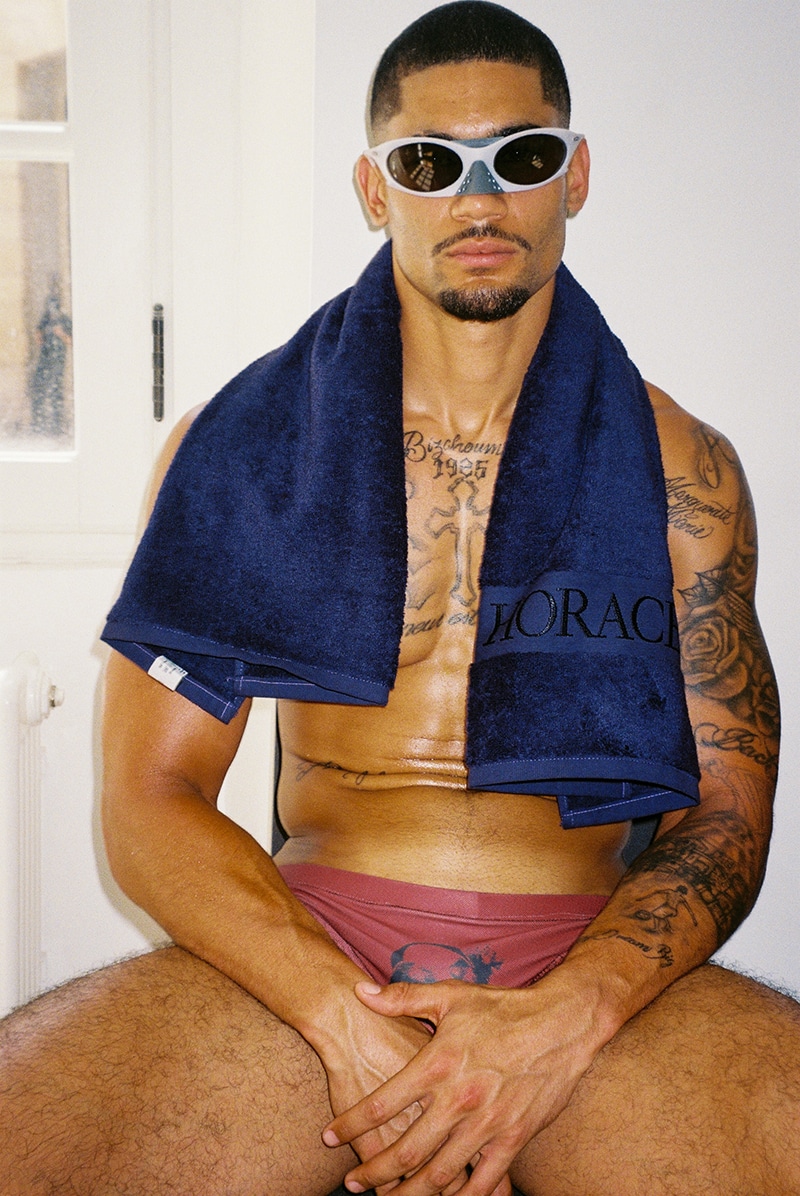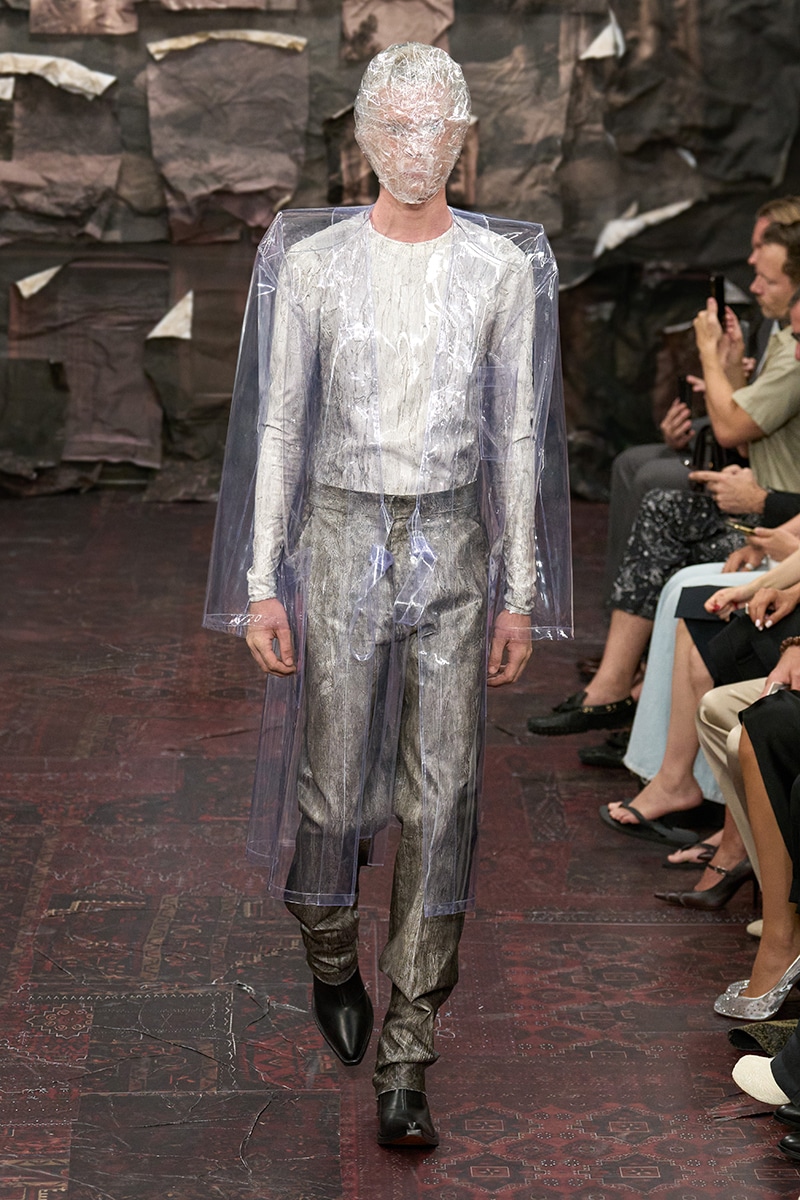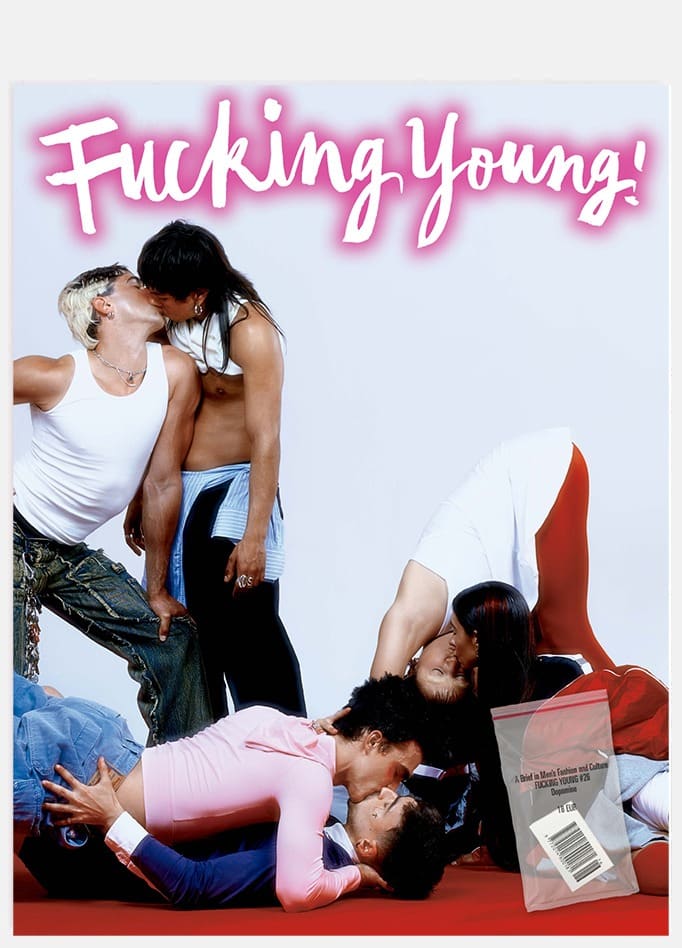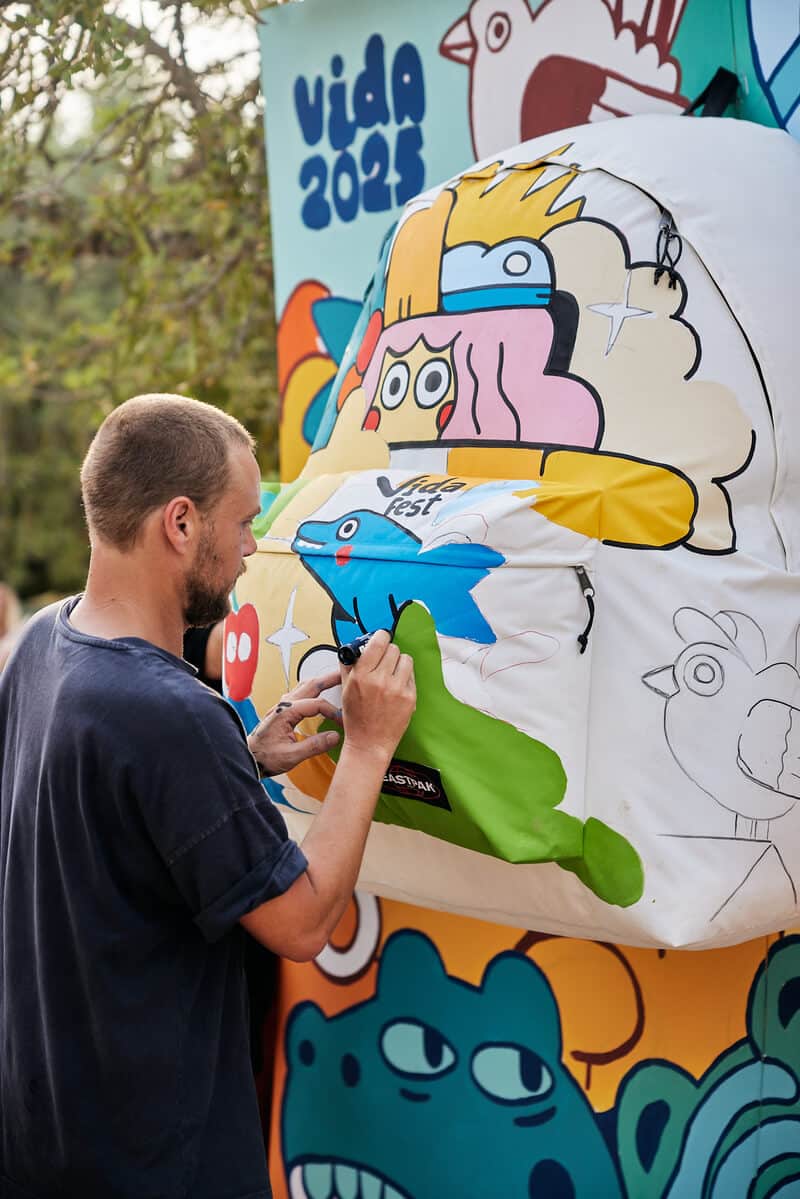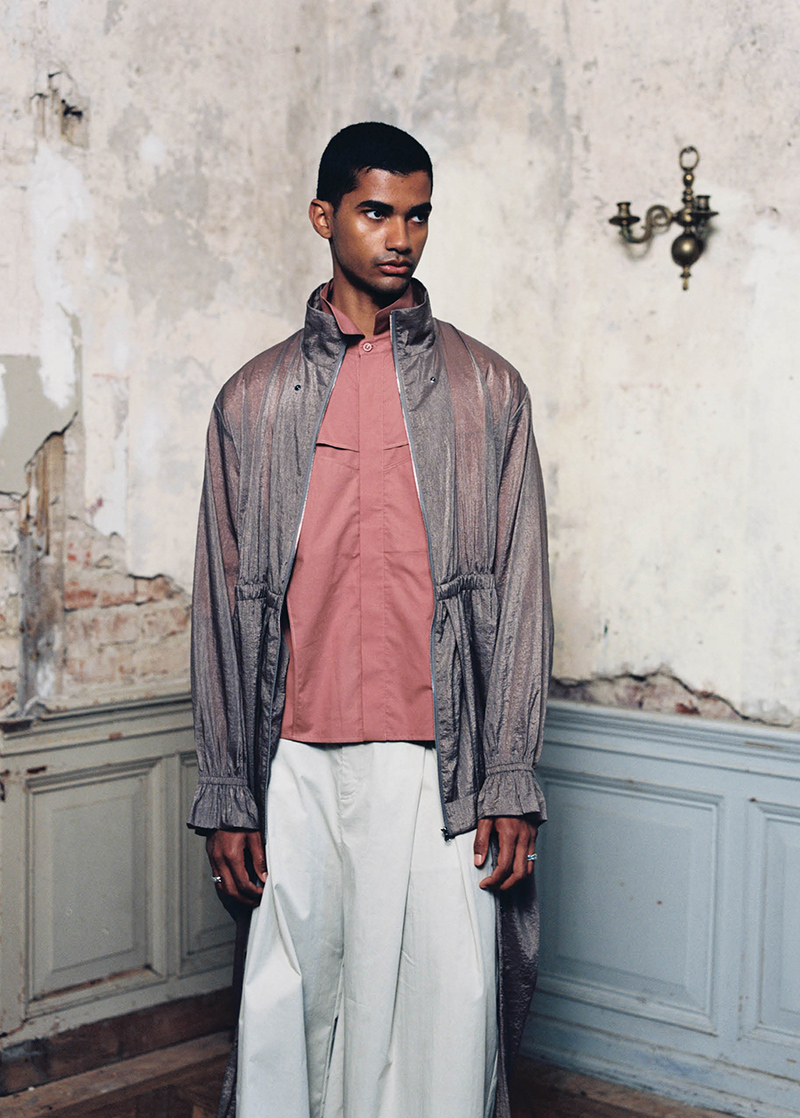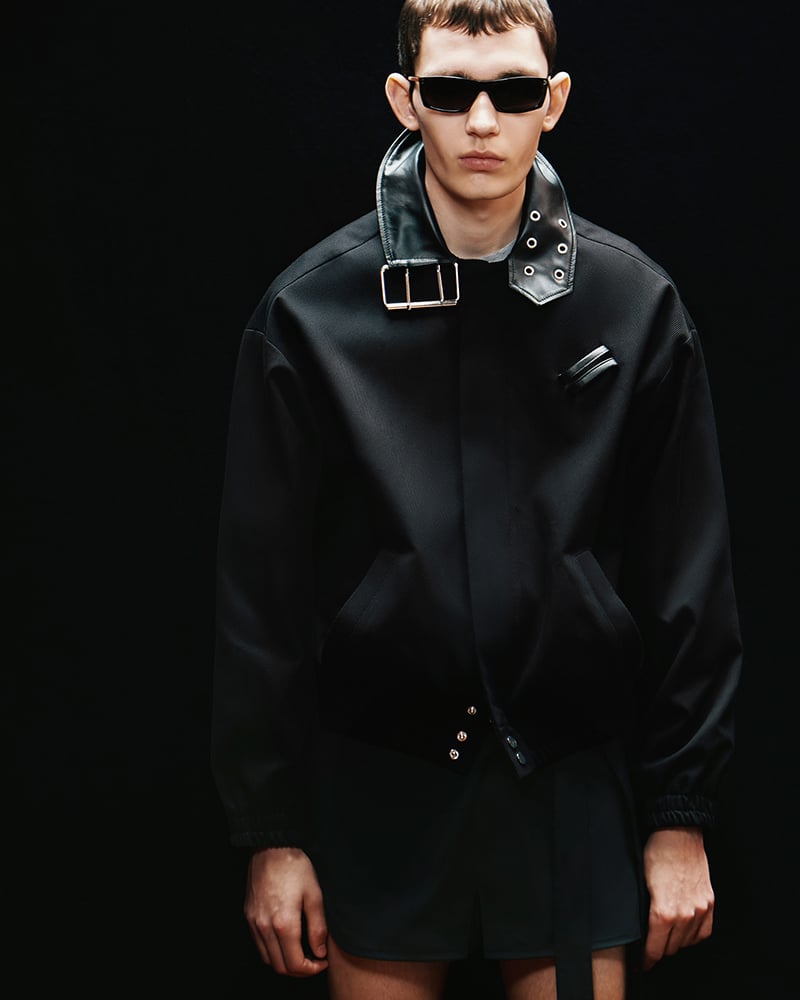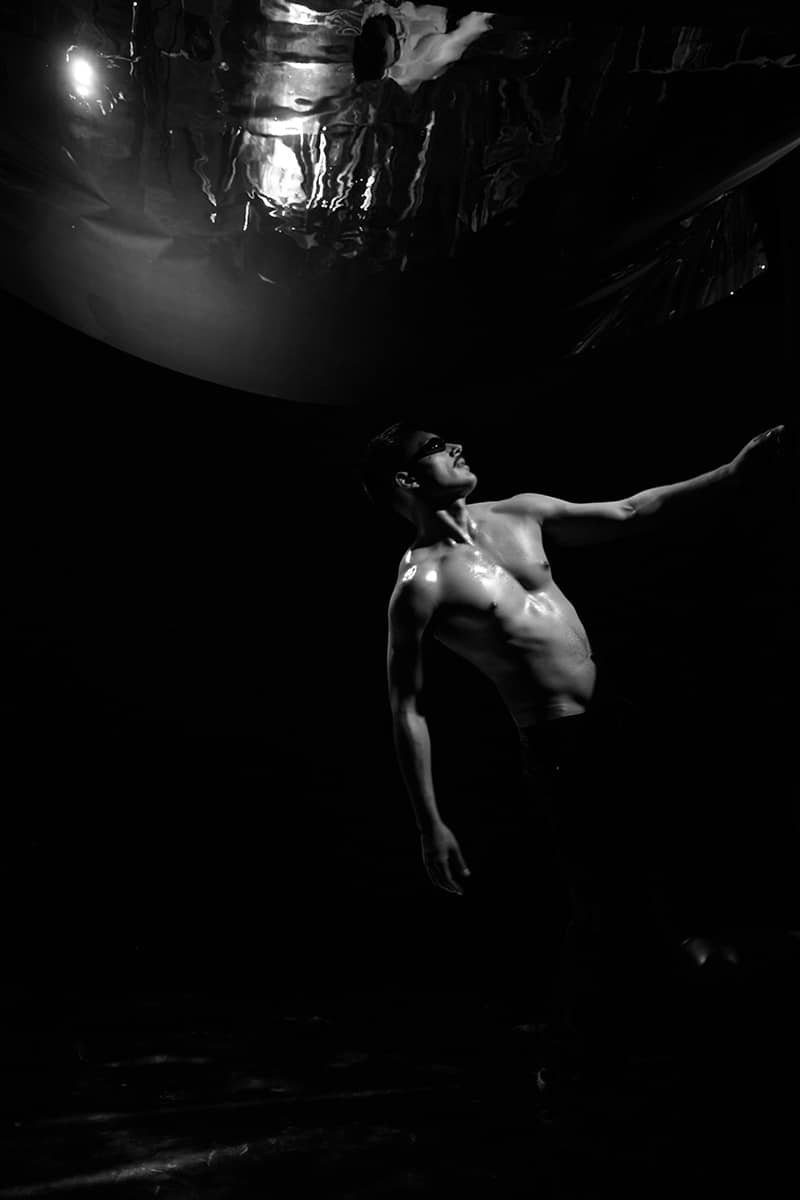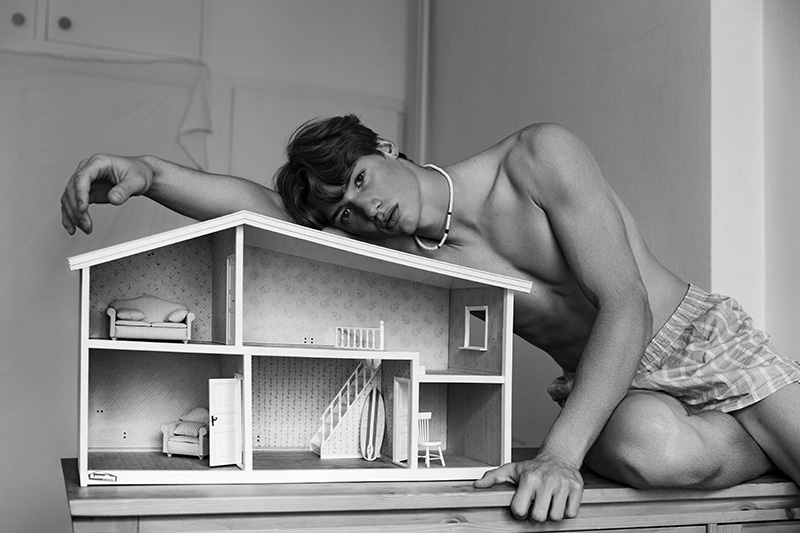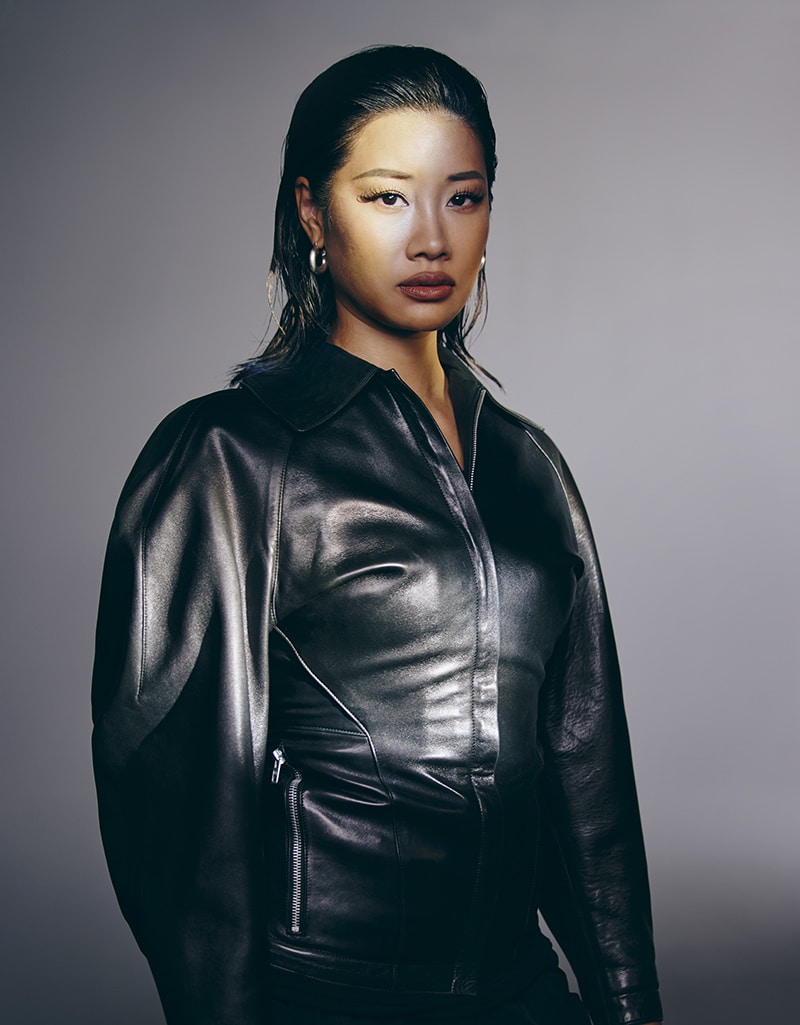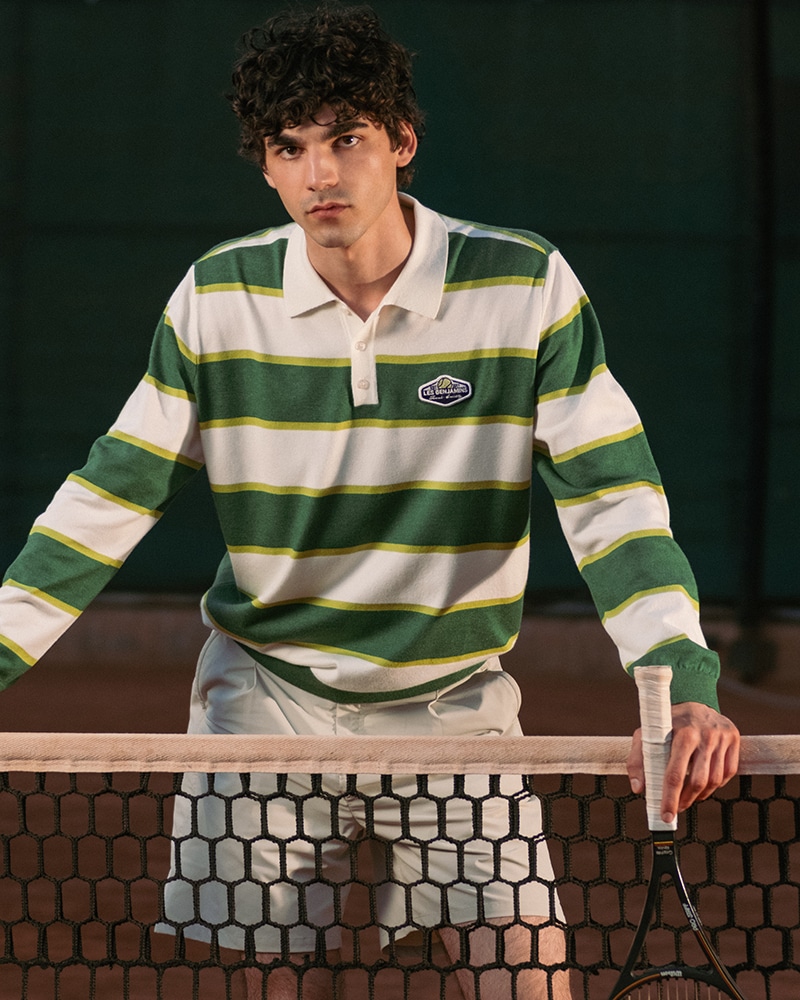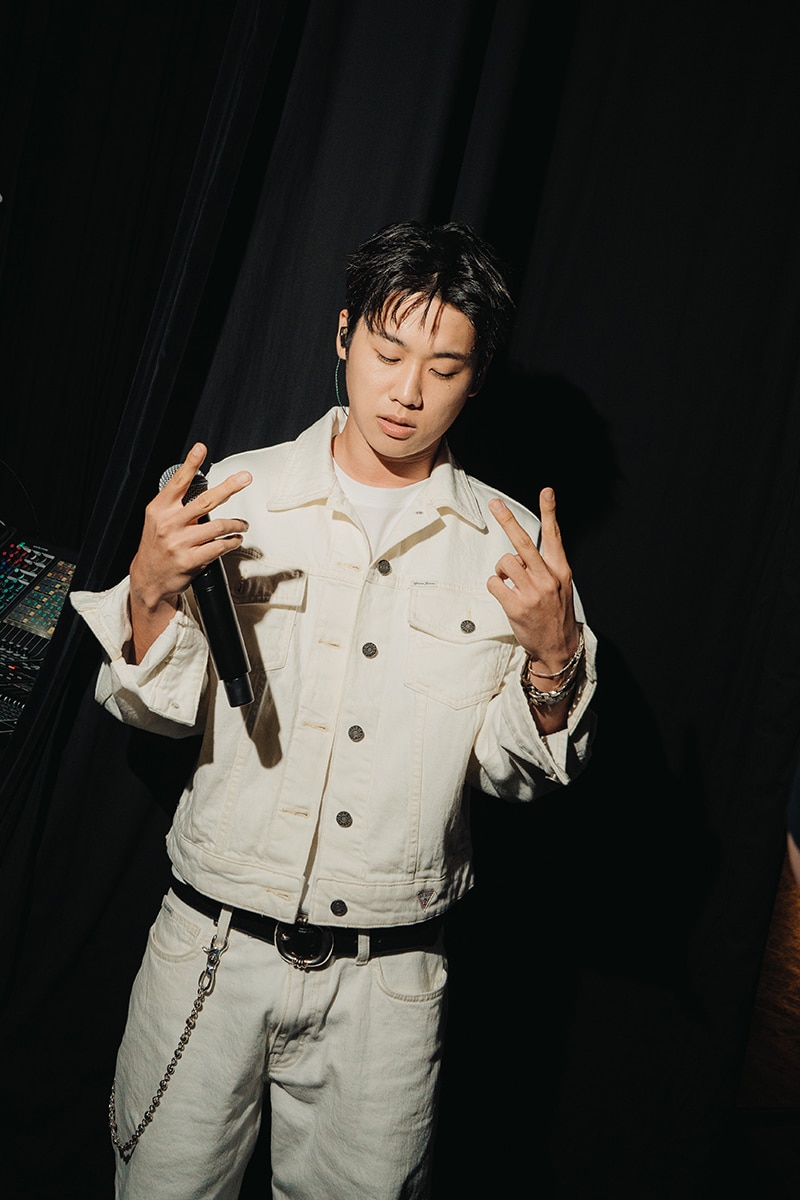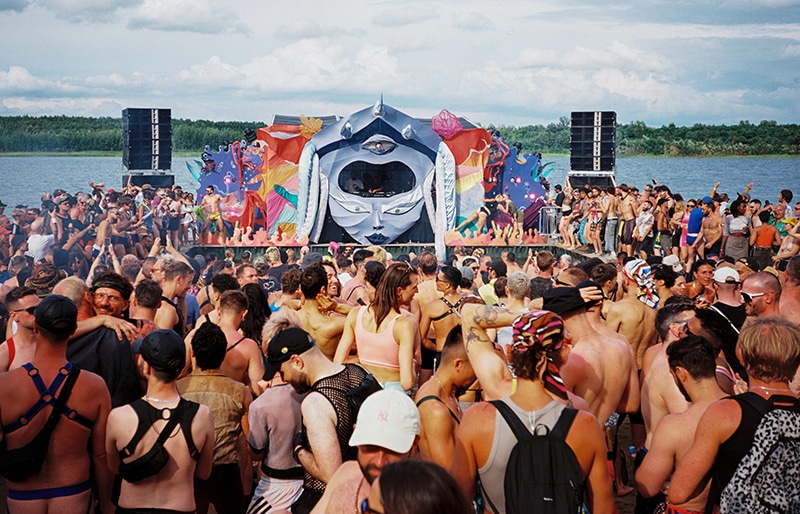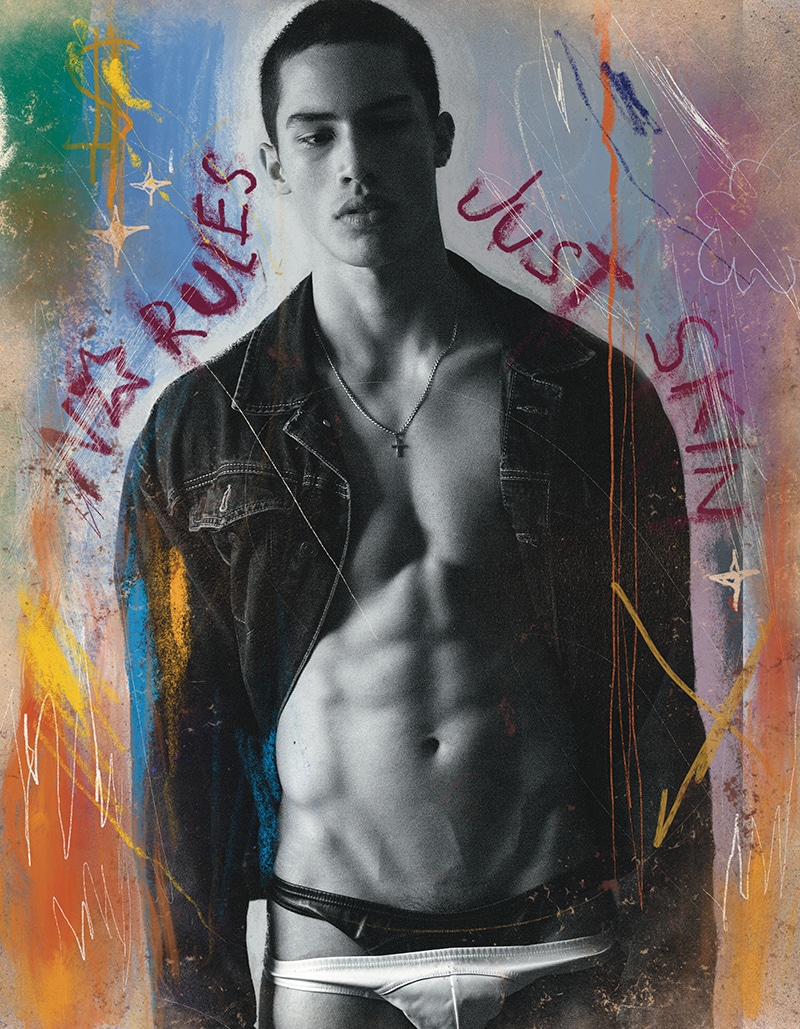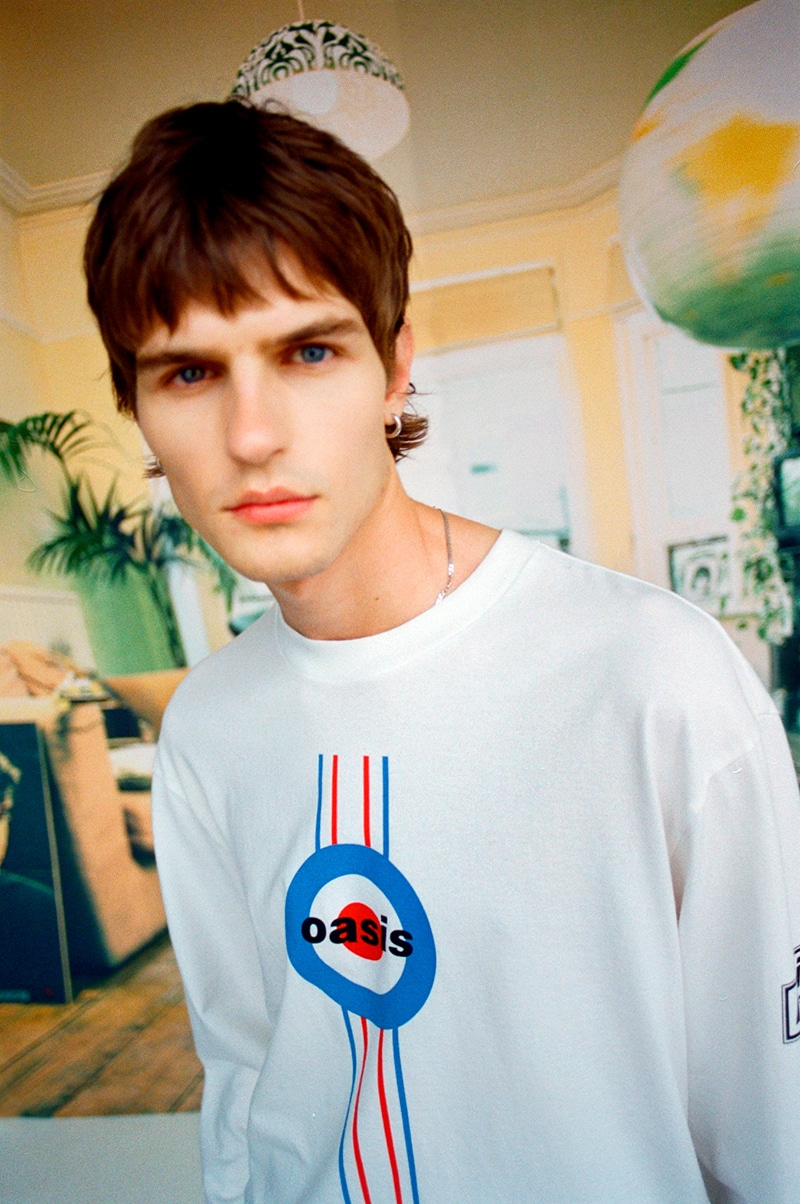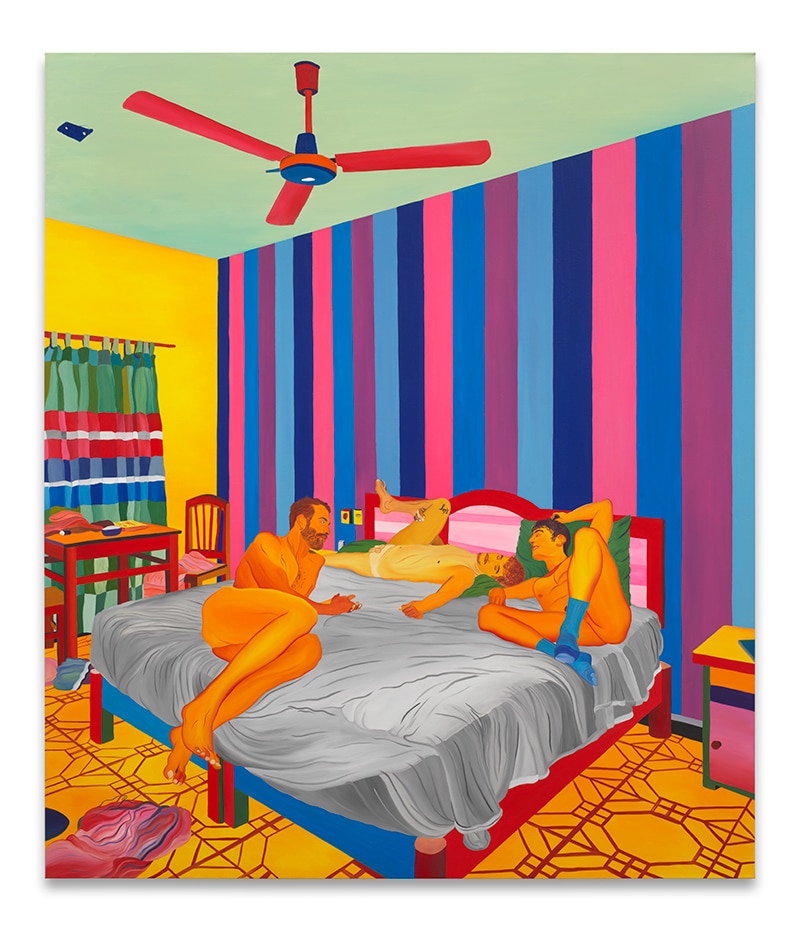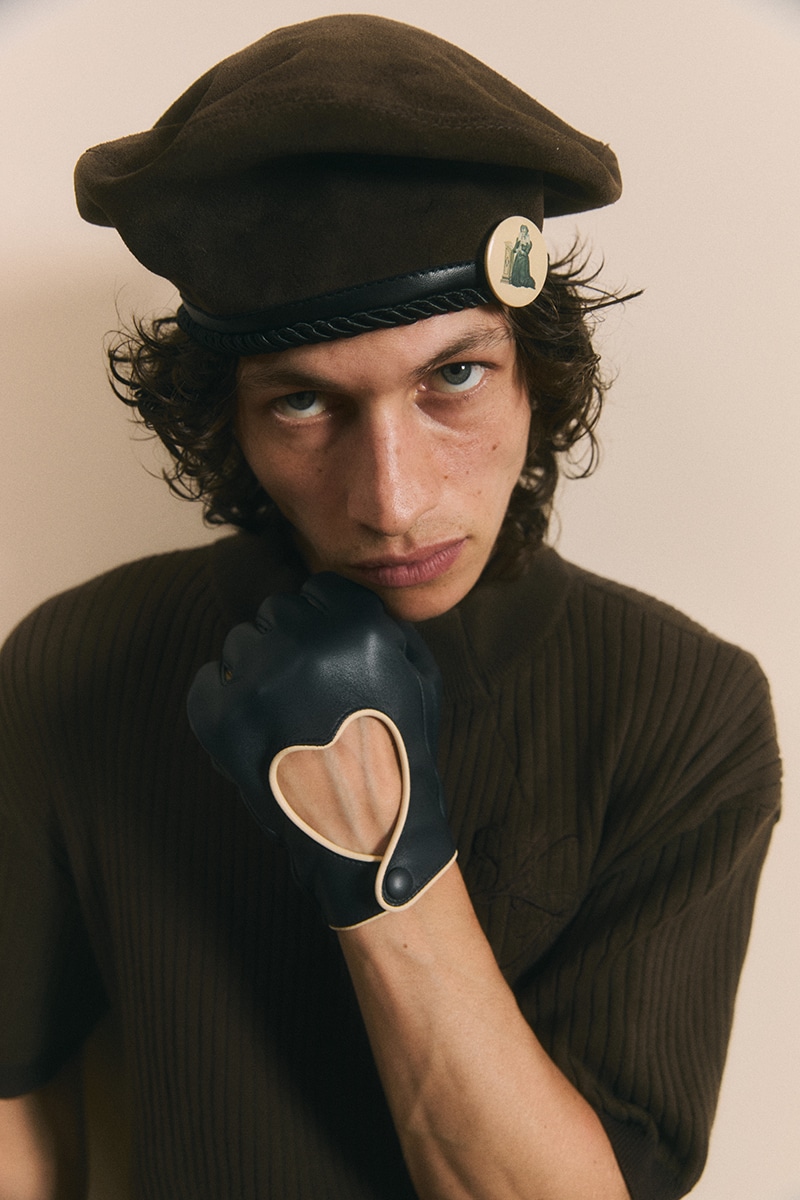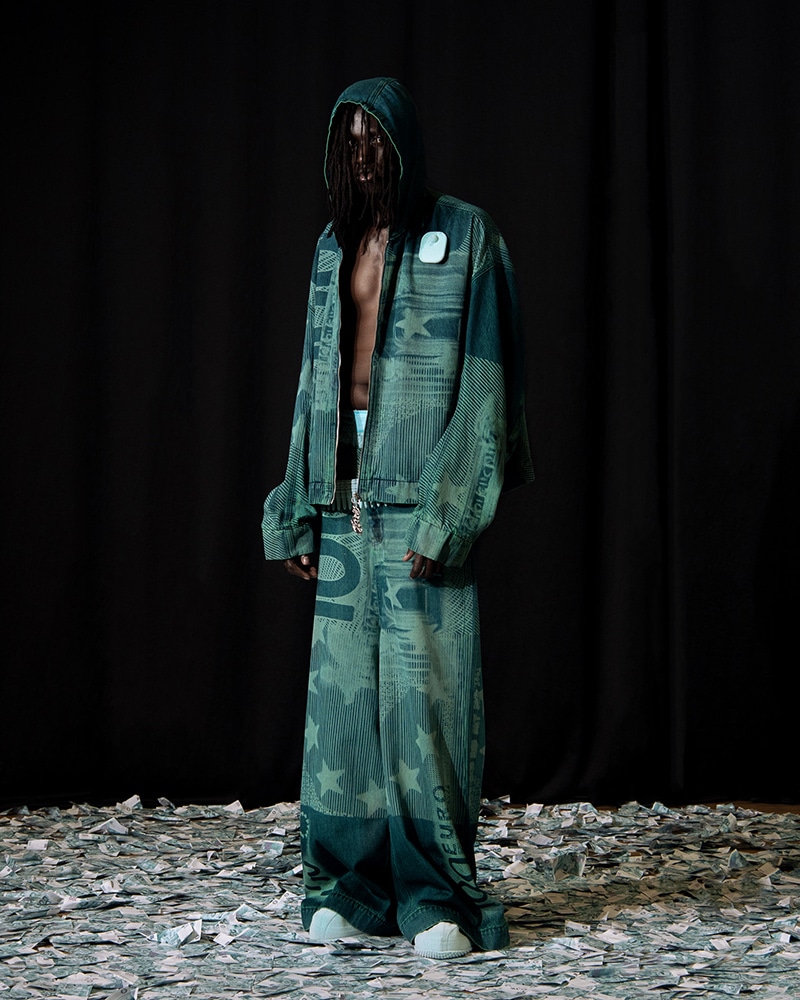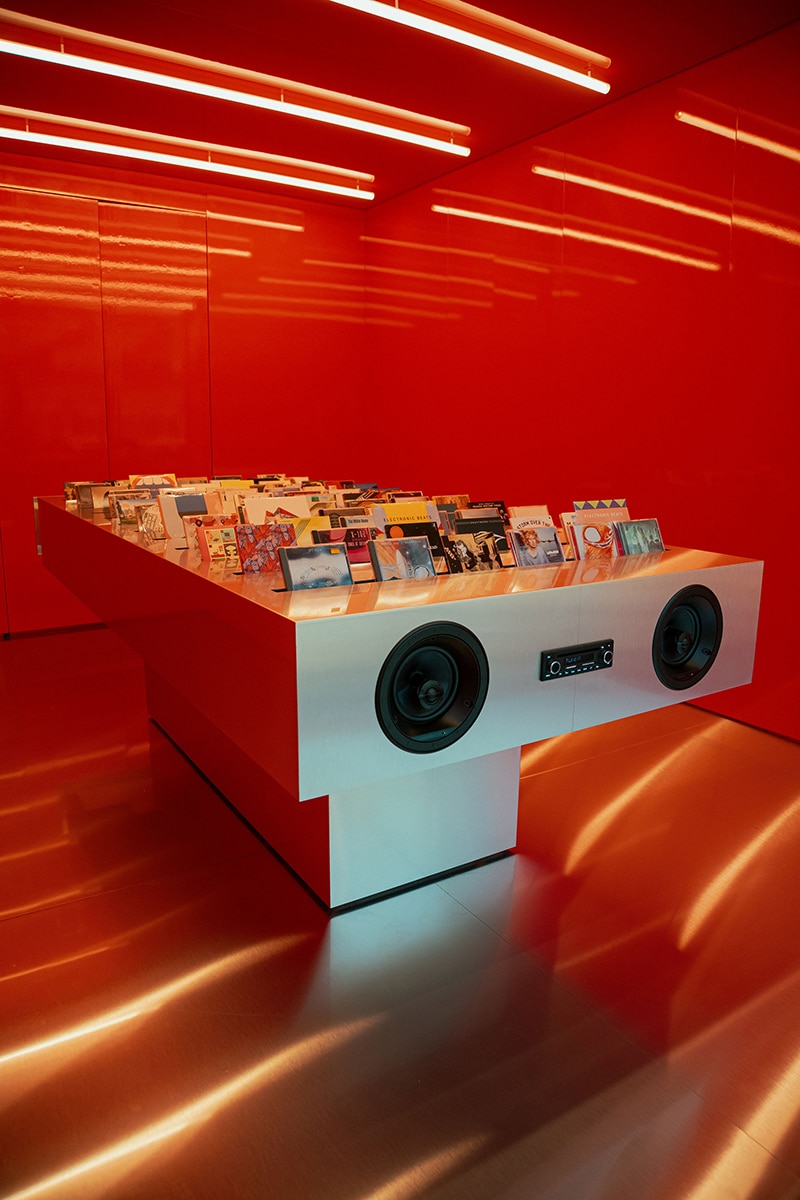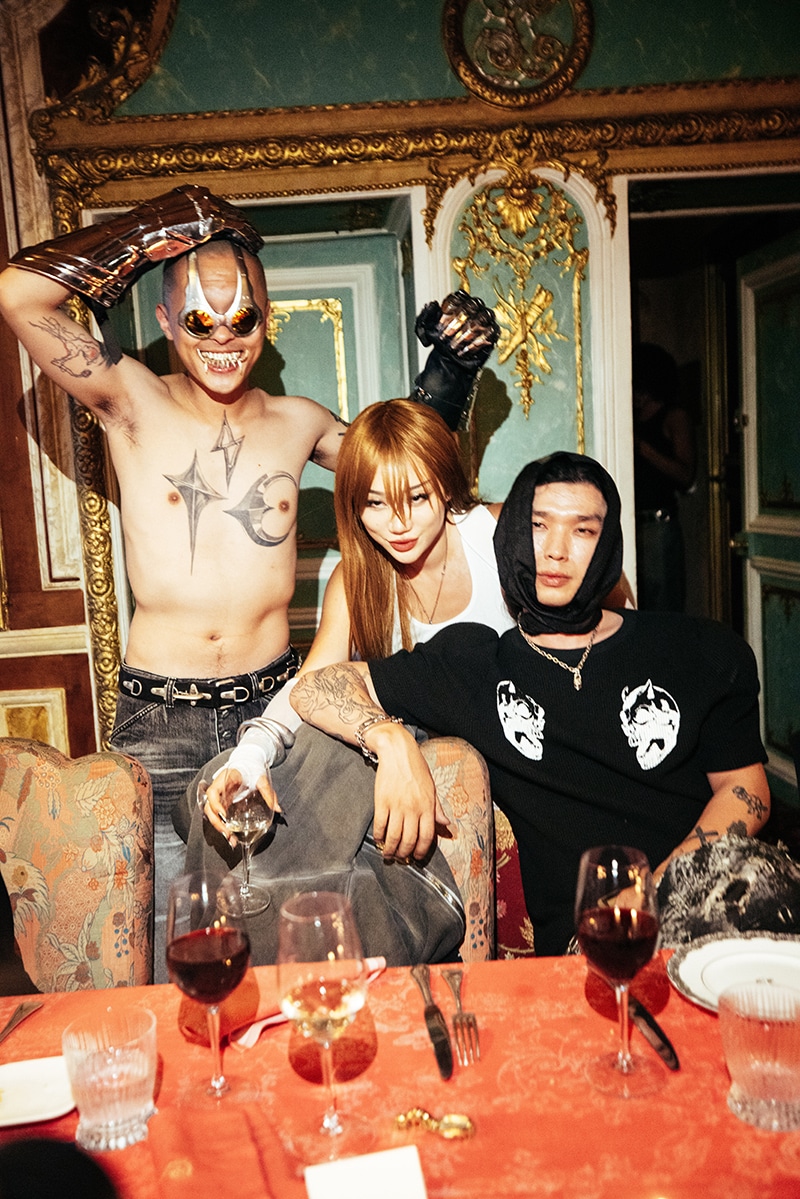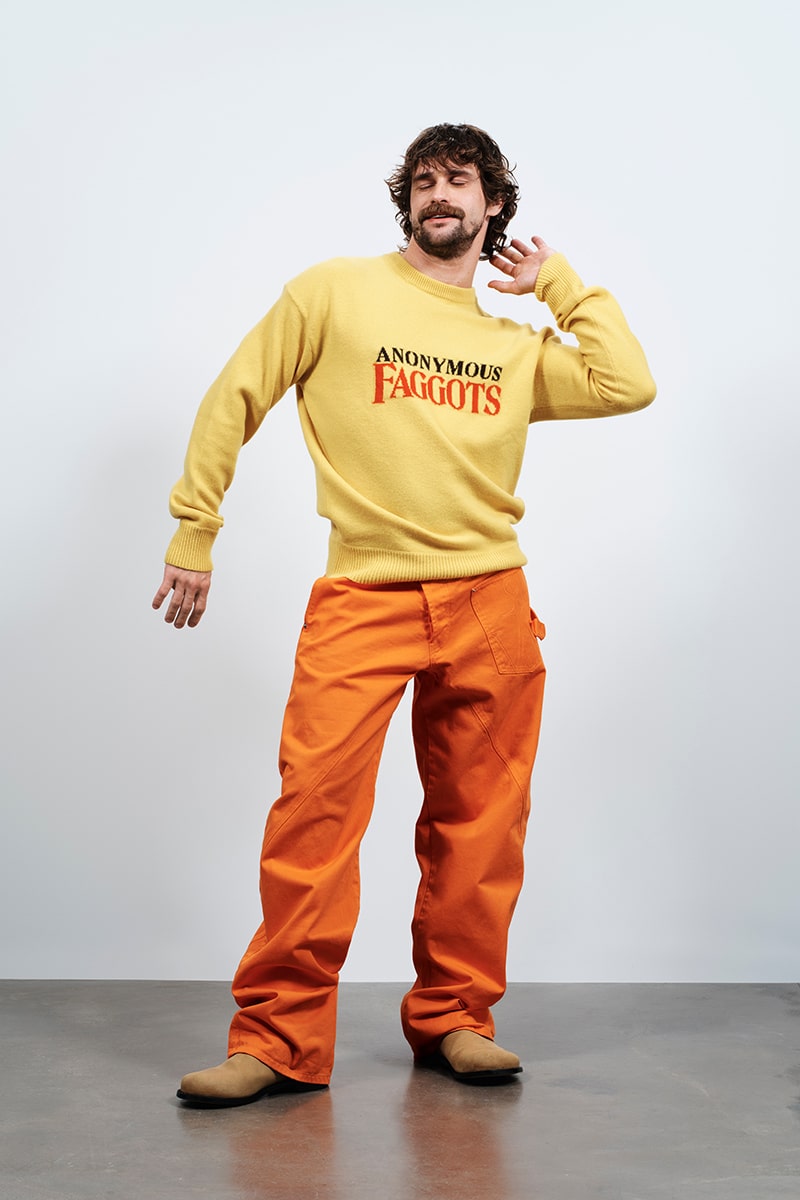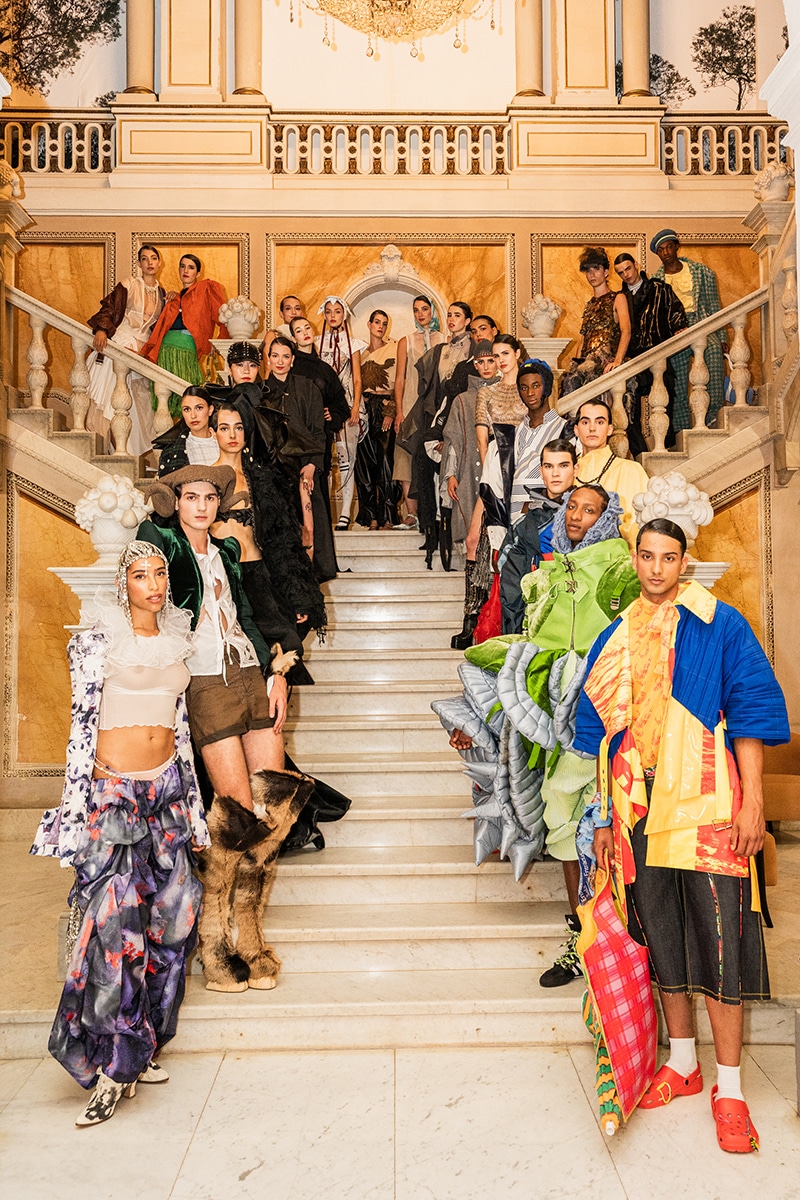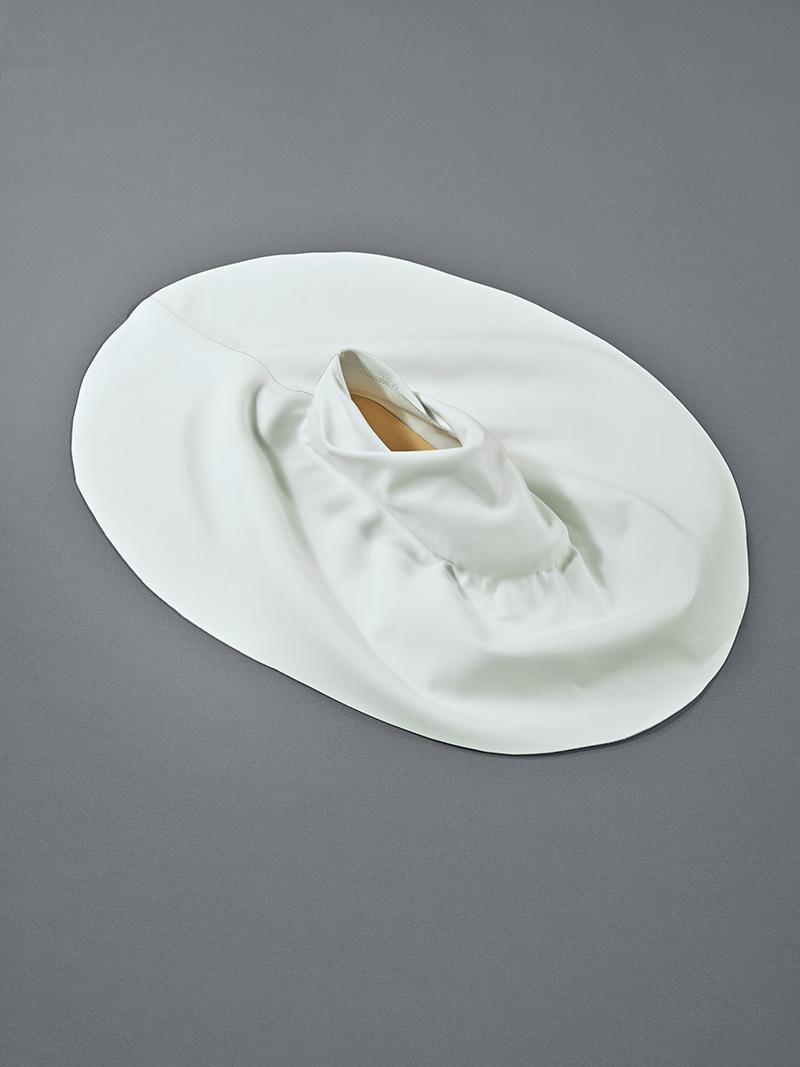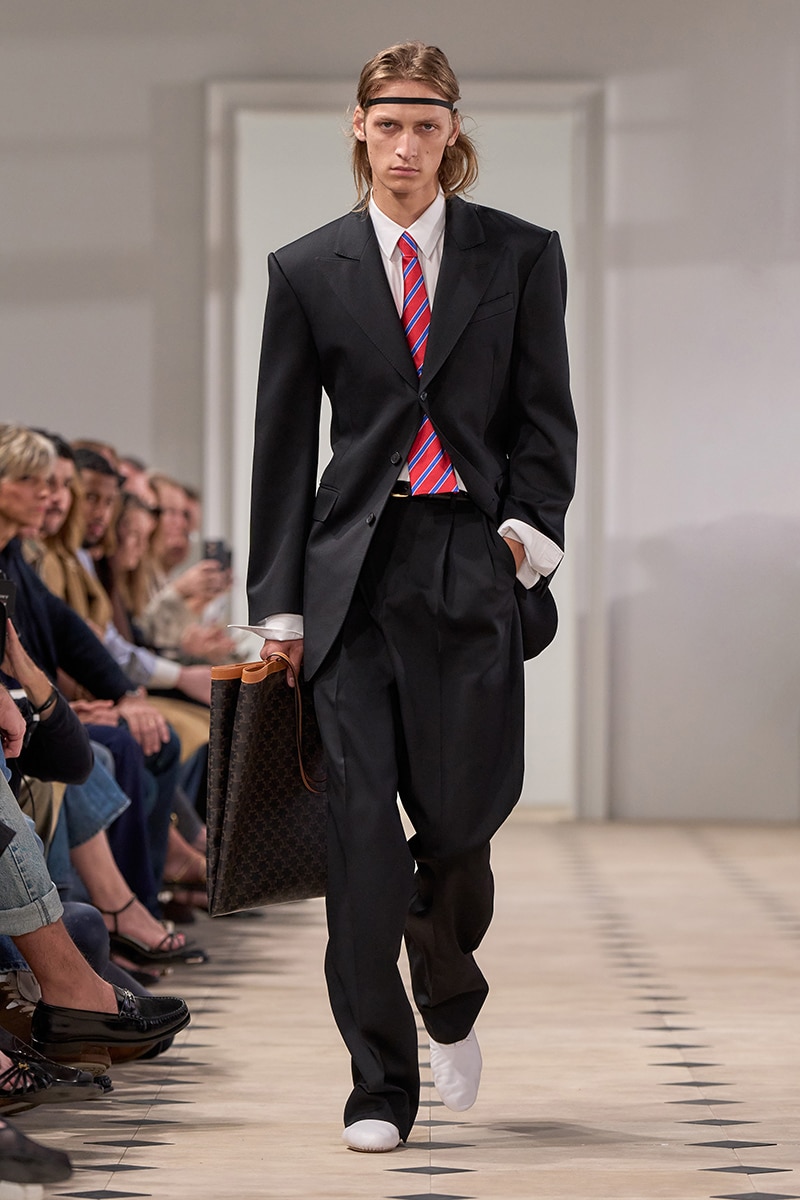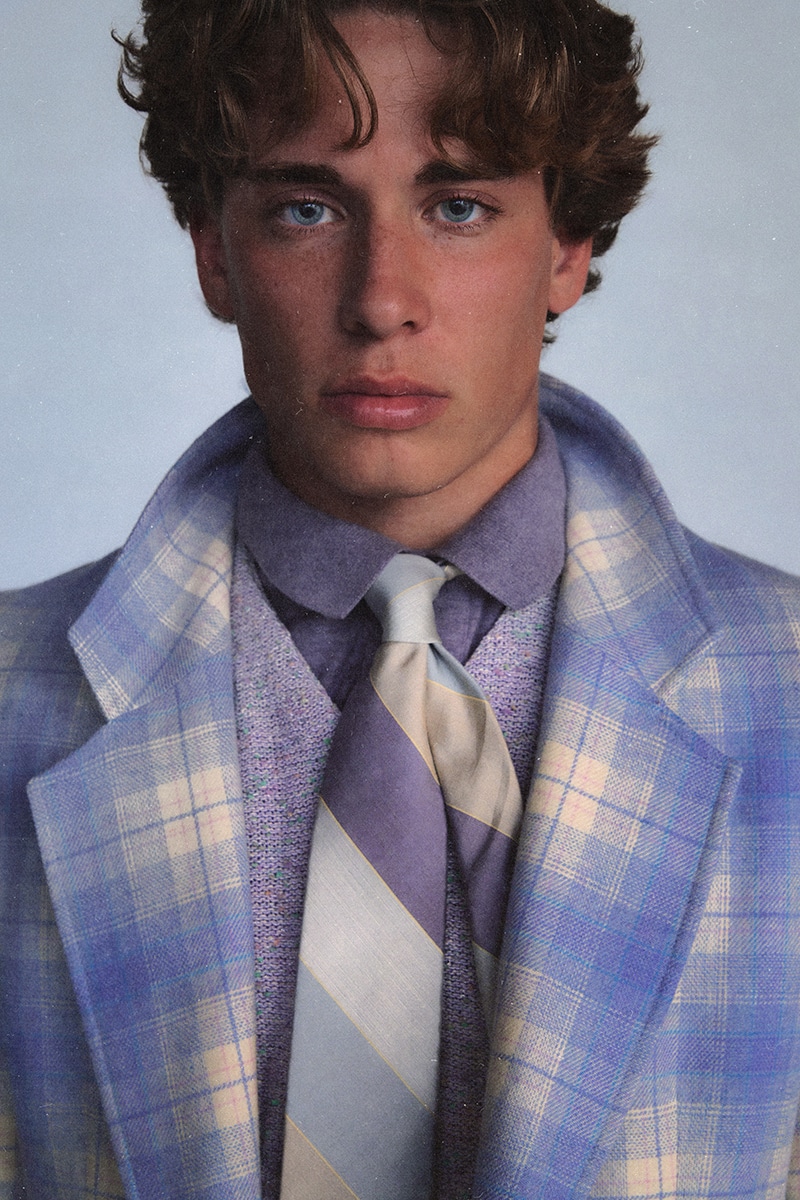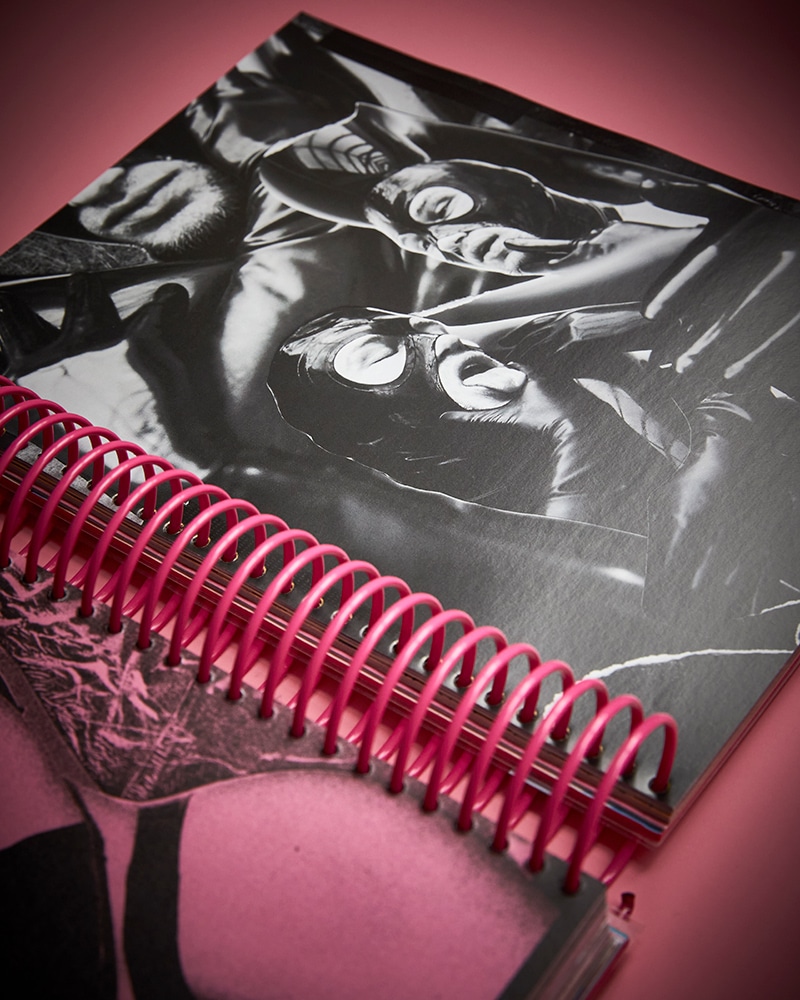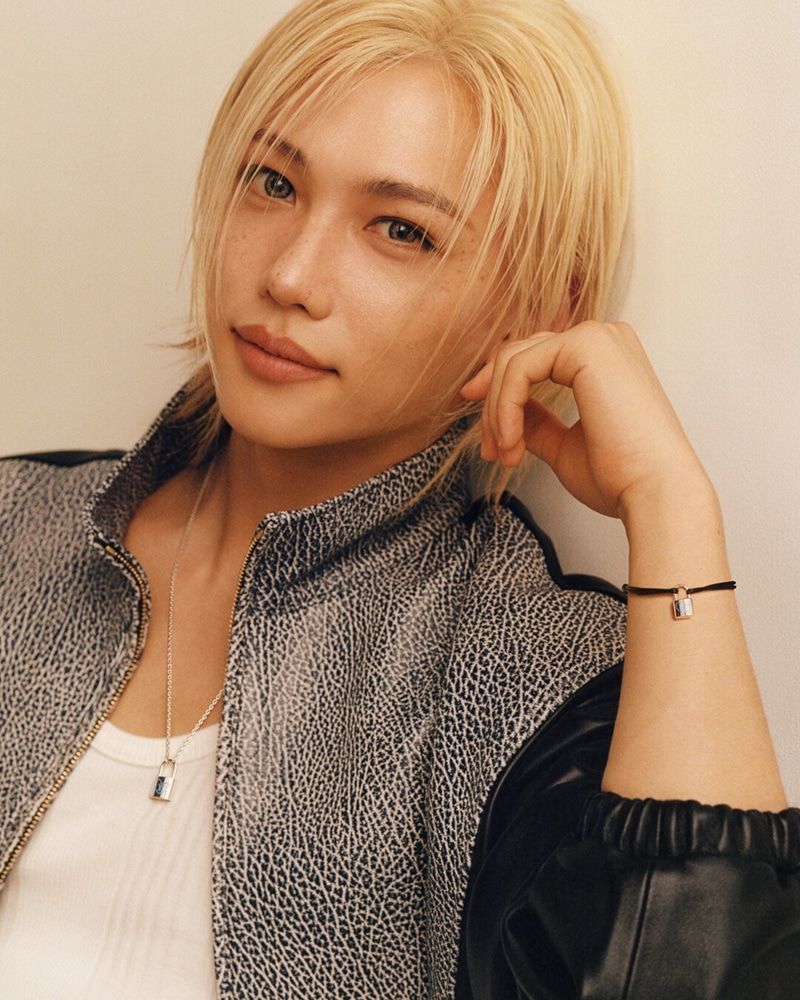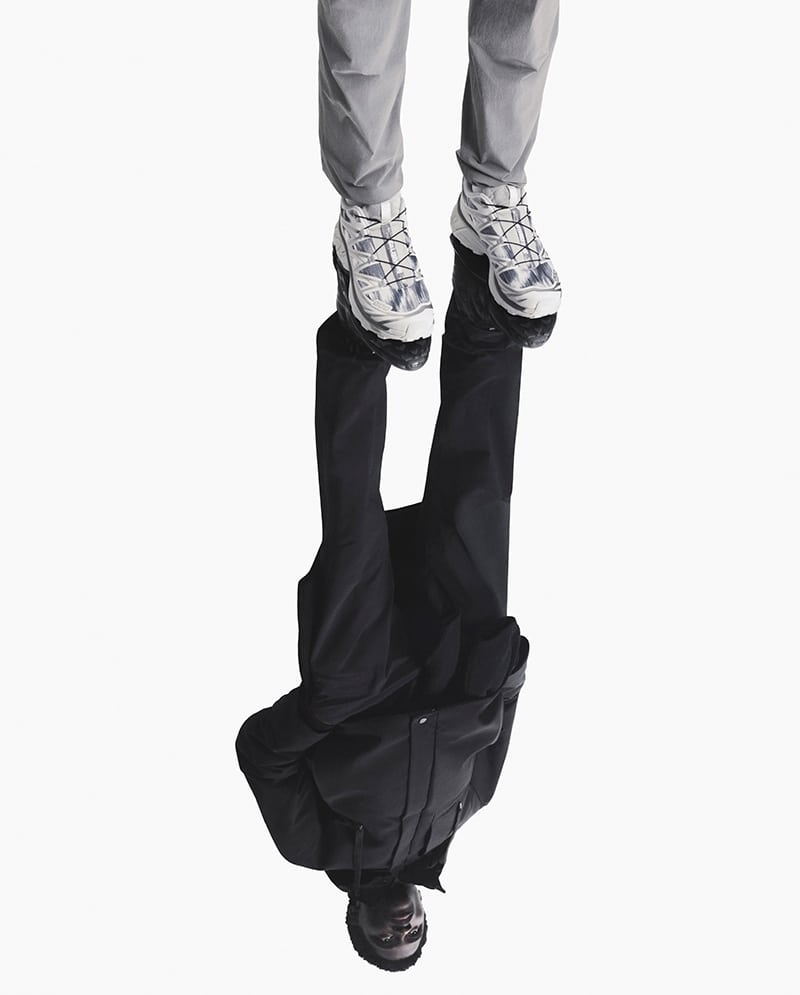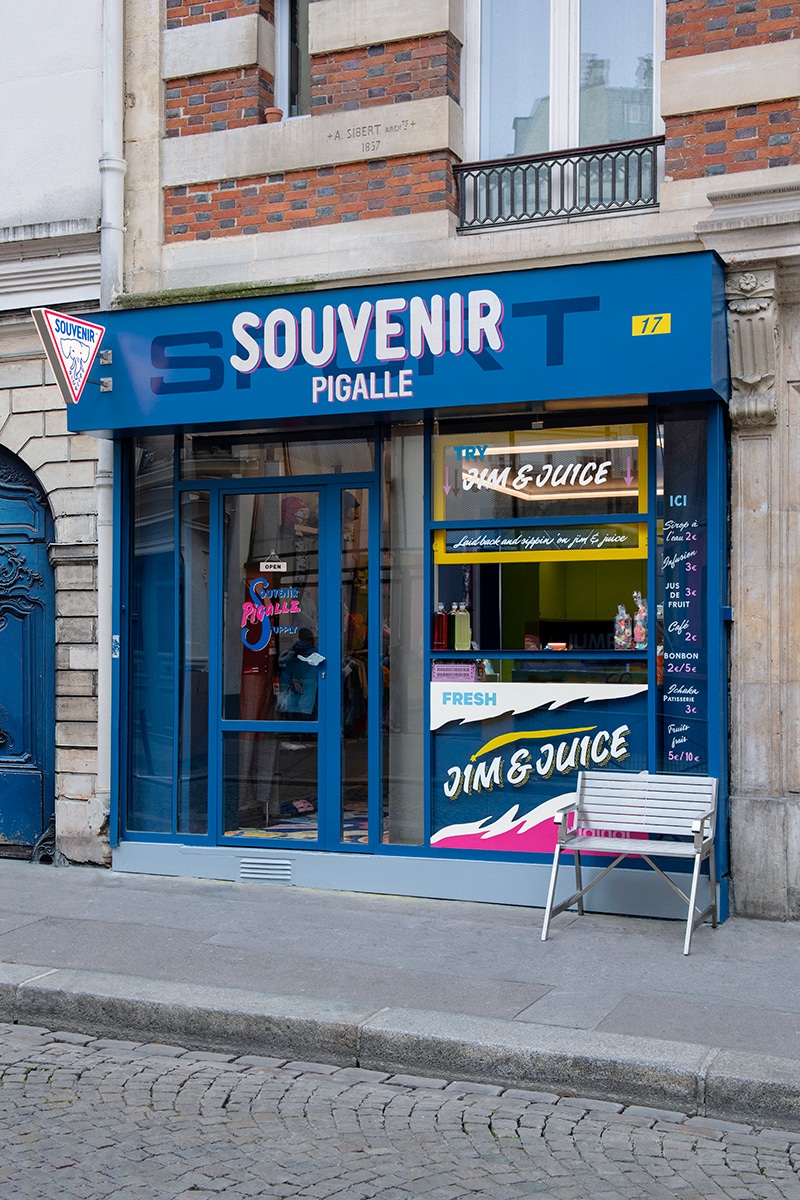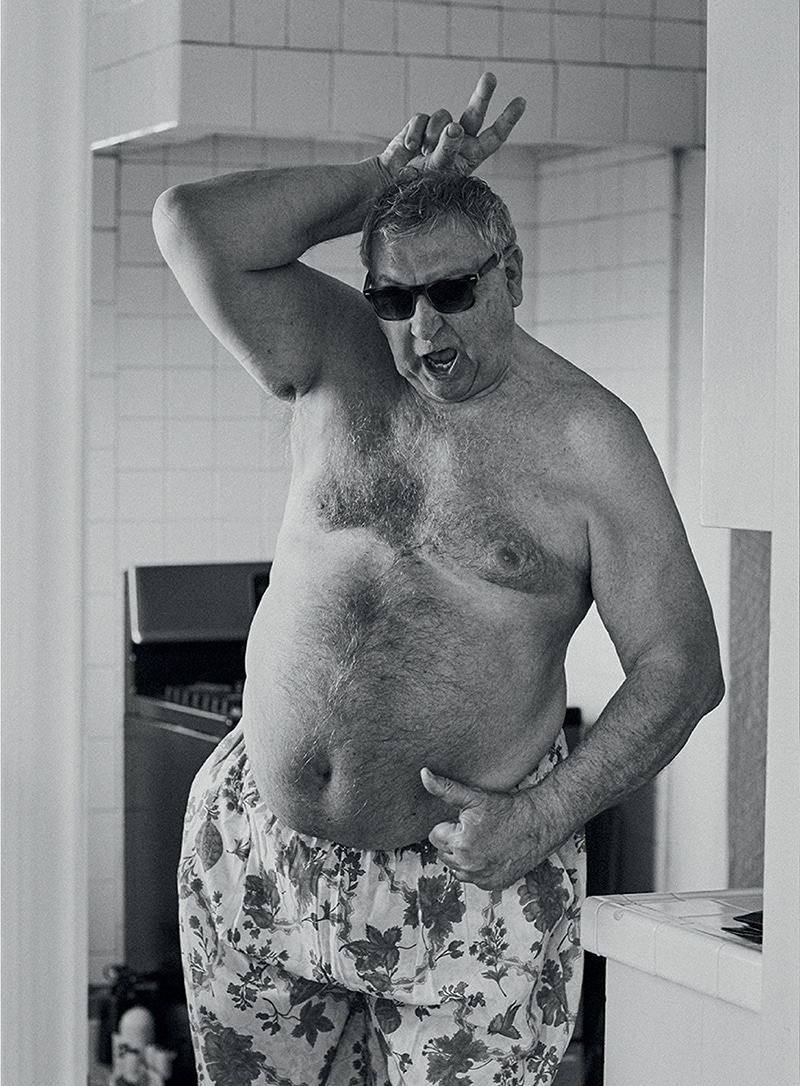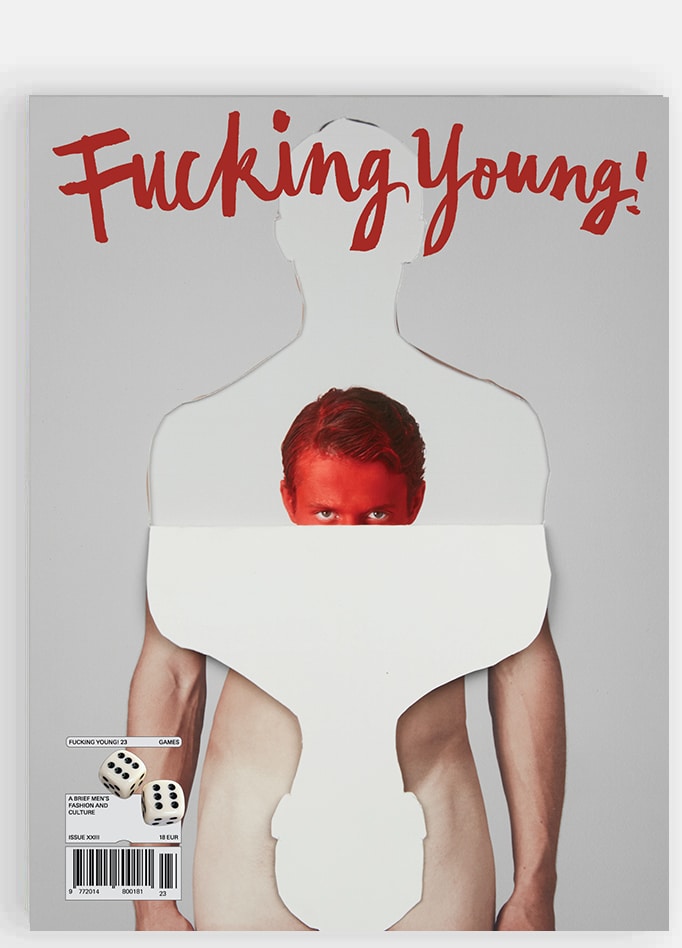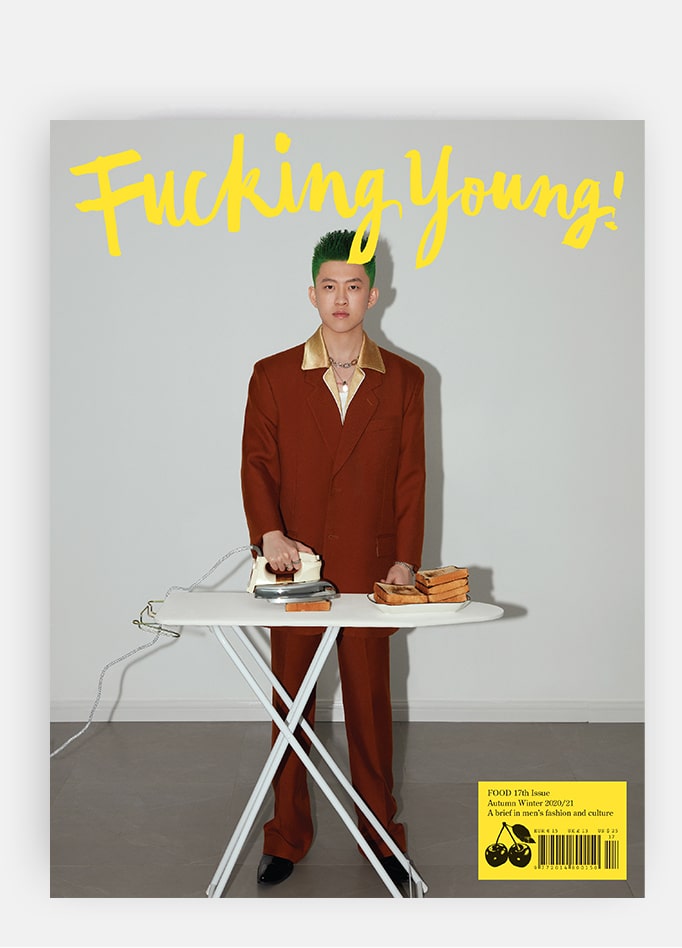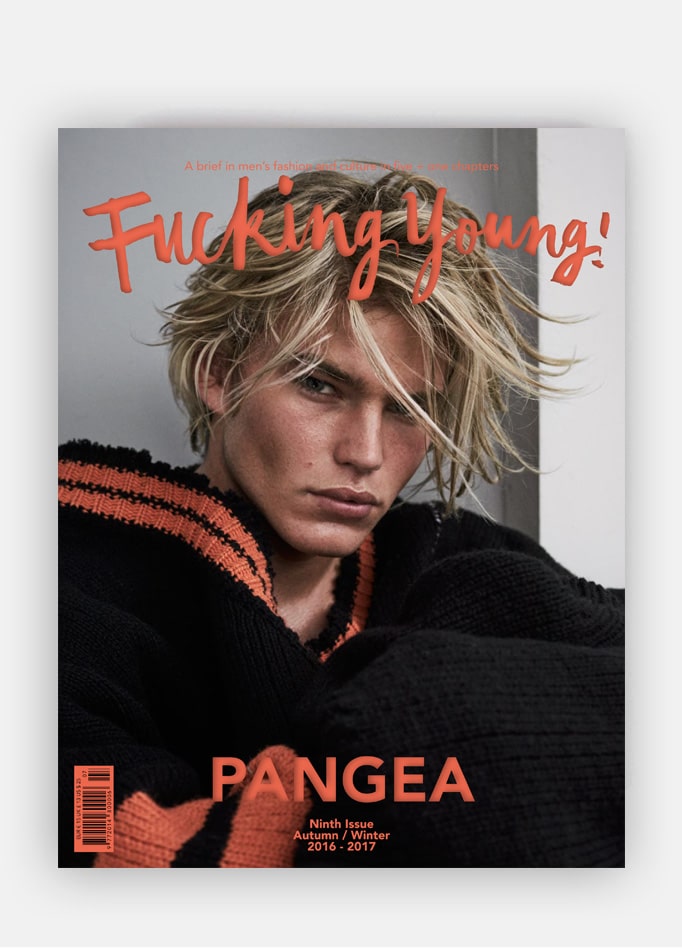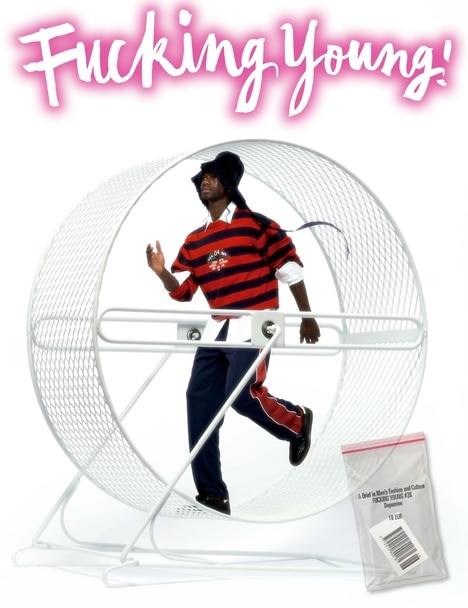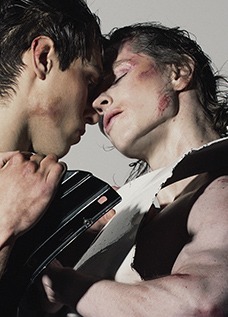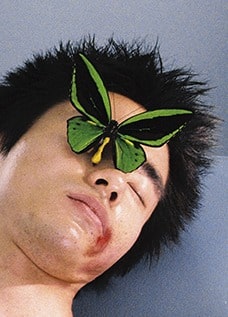
Tokyo is the city that most inspires Mats Rombaut – founder and creative director of ROMBAUT – when it comes to design, but it is also where he escapes from time to time for a bit of fresh air. This can be seen in his edgy and minimalist designs, revered especially in France and the United States by those who value design, distinction, and sustainability; fundamental pillars of the Belgian designer’s vision from the beginning and why the brand has remained active against all odds for a decade in one of the most difficult industries, fashion.
In commemoration of this special date, we spoke to Mats and found out more about his trajectory. Read on to discover what he told us below:
Mats, how are you doing? First of all, congratulations on these ten years in the fashion industry with your brand, ROMBAUT. What is your assessment of this decade?
Thank you! This decade has been full of ups and downs. It has always been hectic, positively speaking. With the 10th anniversary show and the collaboration with Puma, it feels like I’m entering a new phase. When I started, merging veganism with fashion felt like an unwinnable battle. Years later, in 2018, Bella Hadid wore our boots and we bounced back, as she saved us from the brink of bankruptcy. I have faced a lot of challenges, and even a burnout last year, but those struggles pushed me to innovate more. Now, after ten years, I feel more balanced. I no longer chase constant novelty, preferring to focus on meaningful creativity and a healthier work-life balance.

Boccaccio (2018)
Throughout your career, have you achieved any previously set professional goals?
Yes, I always wanted to make a biodegradable shoe and after two years of working on it, I achieved it. I’m thrilled and proud to say that I pay my bills thanks to my job, as well as being able to work with some of my favourite musicians such as Arca, Billie Eilish, Cardopusher, and Grimes. Those three would be some of my previously set and achieved goals.
How do you see the sector compared to when you started? Would you change anything about it?
I see it quite similar to when I started. Commerce is above all else, gimmicks are being chased, celebrity endorsements, etc. It’s pretty depressing but it’s a reflection of the world, we all know what’s going on. With all these wars, AI, and moments of existential crisis, I think people are focused on other things than sustainability.
Change is happening gradually and I think it’s going in a better direction. There has been a lot of progress in material innovation, although unfortunately, the market is not willing to pay higher prices or expect the lower performance properties of these materials.
People in fashion, in general, don’t care about these things, and if they do it’s just as a distinctive feature, not because they want to save the planet.

Lettuce Slides (2018)
What role has sustainability played in your work?
For me, sustainability is not just a feature of the brand, but the reason I started. Back then there were no sustainable vegan shoes that looked remotely good. It has always been at the forefront of my mind and present in all our products.
In the last few years, you have introduced accessories like bags. As a designer of shoes and accessories, how important are they to you when it comes to creating a look?
Shoes for me are essential, but I don’t care much about bags. To me, a bag has to be functional, very practical for traveling, shopping, or an artistic piece that conveys a message. I usually wear backpacks and big totes/shopping bags. For fun bags, I like super minimalist or extremely maximalist stuff.
Of all the pairs of shoes/sneakers you have, do you consider any of them your favourite or the one you feel most comfortable/self-confident wearing?
From ROMBAUT, my favorites are the “Alien Barefoot” in Quicksilver; I wear them all the time and I switch between the black and red ones, while from other brands are the “De Stijl” ski boot sneakers by Raf Simons from 2008. They are a works of art, but I prefer not to wear them because I don’t want to destroy them.

Dysmorphia Presentation at Espace-Niemeyer (2019)
What does a shoe or a bag need to have for you to think it’s a good item?
They need to have a solid story and a strong point of view.
We dare to say that the sneakers you designed in collaboration with Puma are very cool and avant-garde. Can you tell us a bit about them and how the collab came about?
I love the Puma archive and I thought it was a shame that their current offering was so dull, so I contacted them and proposed to bring back some pieces and give them a new twist. They thought it was a good idea and agreed. From that point on, it all started. I’m thrilled with the final result and this collaboration is definitely one of my highlights of the year, as well as a great moment to celebrate the 10th anniversary of ROMBAUT.

Arca
Do you think your work and vision are being well appreciated?
At the moment, I think so. People appreciate the design and that is the main reason why they buy ROMBAUT, but it has not always been like that. I never talk about it, but fashion has not been good to me. I feel like I didn’t get the credit or the jobs I deserved.
In 2018 I did some hybrid derbies for another brand, before Prada took this sole design and all the high street brands copied it. This is just one of many examples. Every time I had a good idea, someone famous took it and I was left with the development time and costs to make it happen. Emotionally and financially it was exhausting and frustrating, and there’s nothing you can do about it, you just have to accept it and move on.
Unconsciously, I decided to stop putting so much energy and love into design, and started giving the public what they wanted. However, I’m past that now and back to a more artistic direction, doing something I value regardless of the reactions or the results. Now I do it all for me.

Rombaut SS25
How do you imagine the next decade?
I imagine the next decade with a lot of new ventures in design, music, and other art disciplines.
